A Closer Look at the “Winged Rat”
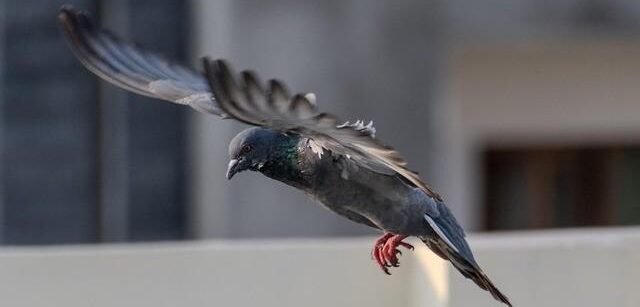
They pick up crumbs on sidewalks, coo from cornices, and are often overlooked as pests. The common city pigeon, nicknamed the “winged rat,” is arguably the world’s most overlooked and maligned bird. But that idea is a profound historical error. Beneath those unassuming brown feathers lies a creature of amazing ability, a partner in human progress, and a war hero who owes us our favor. This article will reimagine the pigeon, explore its journey from revered companion to urban scapegoat, and show why this bird is one of the most revolutionary species that has ever lived in our world.
From rocks to concrete: The origins of the urban dweller
To understand the pigeon, we must first correct a common misconception: there is no such thing as a “wild” urban pigeon. Every bird that pees in the square is a direct descendant of the rock dove (Calamba livia). This species naturally lives on sea cliffs and rocky cliffs in Europe, North Africa, and parts of Asia.
Their biology is perfectly suited to a rugged, vertical life. They have these abilities:
Strong claws: For gripping tight rocky ledges.
Low center of gravity: For stability in windy environments.
Nesting instinct: They build simple nests on protected ledges and are content with minimal materials.
When humans began building cities — essentially artificial cliffs of concrete, steel, and glass — the rock dove saw not an invasion of its place, but a perfect new habitat. Our buildings were high cliffs, offering protection from predators as well as endless cornices. The pigeon did not invade our world; it simply moved into the habitat we had built, which was a perfect match for its own.
A Legacy of Partnership: How Pigeons Shaped Human History
The relationship between humans and pigeons is one of the oldest and most productive in the animal kingdom, dating back more than 5,000 years and dating back to ancient Mesopotamia and Egypt.
The First Bird to Be Domesticated
The pigeon was probably the first bird to be domesticated by humans, long before the chicken. Initially, they were a readily available source of food. However, their intelligence and ability to return home soon became their most valued traits.
Bird Postman: Pigeon Post
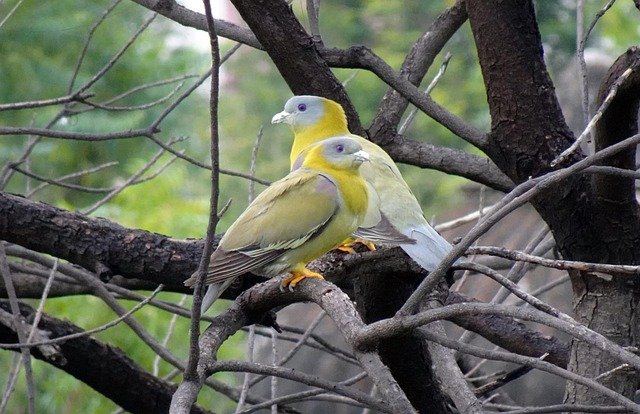
For thousands of years, pigeons were the fastest and most reliable means of long-distance communication. Their innate ability to return to their home loft over vast, unfamiliar distances made them living telegraphs. Empires were built and maintained on their wings.
Ancient Rome: The Romans used pigeons to carry news from the borders of the empire to the capital.
Medieval Middle East: Sultan Nur ad-Din built a network of pigeon lofts in Syria and Egypt in the 12th century.
Rothschild’s Loan: Nathan Rothschild is said to have learned of Napoleon’s defeat at Waterloo via a pigeon the day before the official news, which gave him an immediate profit on the stock market.
Winged War Heroes
The pigeon’s role in human conflict reached its peak in the 20th century. During both world wars, thousands of pigeons were deployed by the Allied forces, saving countless lives.
Despite being shot in the chest, blinded in one eye, and hanging by a tendon in one leg, it completed its 25-mile journey, rescuing 194 men. It was awarded the French Croix de Grace.
GI Joe (World War II): This pigeon performed one of the most remarkable feats of war. It flew 20 miles in 20 minutes to deliver a message to stop a planned American bombing of an Italian village that had already been occupied by British forces. Its timely arrival saved the lives of over 1,000 civilians.
These are not isolated incidents; they are evidence of a species that has served humanity time and again with incredible bravery and trust.
The Science of Navigation: Unlocking the Pigeon’s Superpower
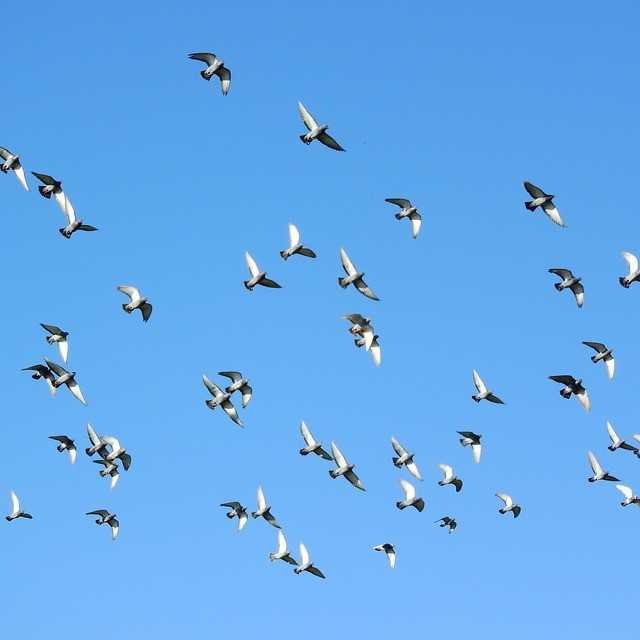
How do they do it? The pigeon’s homing ability is a complex symphony of sensory inputs that scientists are still working to fully understand. It is not a device, but a versatile and redundant toolkit.
Sun compass: Pigeons use the position of the sun as their primary orienteering. They have an internal circadian clock that allows them to compensate for the sun’s movement throughout the day.
Magnetic sense: Pigeons can detect the Earth’s magnetic field, essentially giving them an internal biological compass. Special iron-containing structures in their beaks are thought to be key to this sense.
Sulfur map: Revolutionary research shows that pigeons use airborne odors to create a “mental map” of their environment. They learn the unique scent landscape of their home and can return to it by following these olfactory cues.
Low-frequency infrasound: Pigeon infrasound — sound waves whose frequency is too low for humans to hear —
The Science of the Sixth Sense: Unlocking the Secrets of Pigeon Guidance
How does a pigeon, released hundreds of miles from its loft and never seen before, find its way home with such amazing accuracy? This question has puzzled scientists for centuries, and the answer is as complex as it is brilliant. Pigeons don’t have a single navigational tool; they have a multi-layered, redundant system.
Sun compass: Pigeons use the position of the sun as their primary orientation. They have an internal circadian clock that allows them to compensate for the sun’s movement throughout the day.
Magnetic compass: Perhaps their best-known ability, pigeons are believed to detect the Earth’s magnetic fields. Tiny magnetic particles, possibly magnetite, located in their upper beaks act like a built-in GPS unit, giving them a natural sense of north and south.
The scent map: A surprising and revolutionary theory suggests that pigeons create an “olfactory map” of their environment. They learn the unique scents that come with the wind from different directions to their home loft. When displaced, they can sniff the air and determine which direction to fly to find the “smell of home.”
Low-Frequency Infrasound: Pigeons can also use infrasound—sound waves with frequencies too low for humans to hear. Natural features like mountains and oceans constantly produce infrasound waves. Pigeons probably use them as auditory landmarks to find their way.
This layered system provides a fail-safe. If the sun goes down, the magnetic sense takes over. If the magnetic field is disrupted, scent and sound can guide them. It’s a masterpiece of evolutionary engineering.
Urban paradox: Why do we hate pigeons?
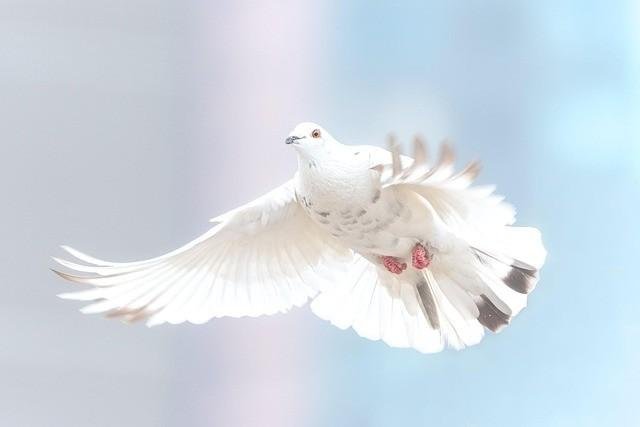
So, how did this bird hero become a public enemy? This change began after World War II. With the invention of the telegraph and telephone, pigeons lost their practical value. They went from companions to pests almost overnight. Their success in our cities became their curse.
The “flying rat” narrative: Their abundance, combined with their filth, which can damage buildings and is (falsely) linked to disease, fueled a negative public relations campaign. The term “winged rat,” popularized by a New York City health commissioner in the 1960s, reinforced their low status.
The problem of dirt: Although pigeon guano is an excellent fertilizer, its acidity can corrode stone and metal over time. The cost of cleaning public spaces has made them a municipal nuisance.
The perception of disease: The fear of disease from pigeons is greatly exaggerated. The Centers for Disease Control (CDC) says that the risk of contracting disease from pigeons is extremely low, no higher than that of other birds or common outdoor animals.
The truth is that pigeons are a mirror. They reflect the state of our own urban environment. They thrive on our waste—our scattered food and discarded crumbs. A pigeon problem is, more accurately, a human garbage problem.
A Legacy of Harmony: Rethinking Our Bird Neighbors
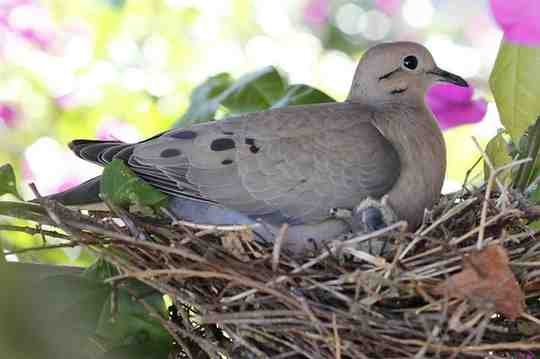
The story of the pigeon is a humbling lesson in perspective-taking. This is a bird that has delivered our messages, shaped our scientific ideas, and fed our ancestors. This is a creature that can see colors we can’t, navigate using forces we can barely measure, and has adapted to a world we’ve created without an instruction manual.
The next time you see a pigeon picking at a sidewalk, stop for a moment. Look beyond the ordinary gray feathers and see the offspring of avian heroes. See the subject that helped Darwin unlock the secrets of life. See this biological marvel with a built-in compass and a map of scents.
The pigeon is no outsider in our cities. It is a permanent resident, a resilient and remarkable co-inhabitant of our human world. It does not need our praise, but it has certainly earned a little more than our contempt. It is a testament to the wild, enduring spirit of nature, thriving boldly and magnificently in the heart of our concrete jungles.
